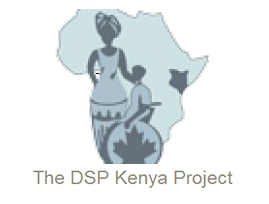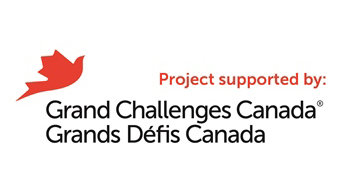4.4.1 – Adolescents and Young Adults
Adolescence is a time of transition and growth during which an individual faces changes on many fronts, including physical, emotional, and mental processes as well as sexual identity.30
Responding to an HIV diagnosis may be particularly difficult for youth, especially for those living at the margins as a consequence of sexual orientation, race, ethnicity, abuse, homelessness, precarious living arrangements, and substance abuse.
As with adults, an HIV diagnosis can be traumatic and is frequently associated with depression and low self-esteem. Adolescents infected with HIV face multiple health challenges.31, 32, 33
Those who acquire HIV during their youth face decisions under significant time constraints. Rapid adaptation to stigma and living with a chronic disease is imperative for these youth as initiation of antiretroviral therapy is crucial.30 Unfamiliarity and the associated stigma of HIV make adherence to antiretroviral regimens in youth with behaviourally acquired HIV a challenge.30
Disclosure and adherence challenges can be related to fear of hurting family and/or being rejected by family and friends. This can be mitigated by support from friends, family and an interdisciplinary team.30
Although HIV has been traditionally associated with malnutrition and rapid weight loss, currently more than half of those with behaviourally acquired HIV are, at least initially, overweight or obese.
Another challenge faced by adolescents with HIV is the pending transition to the adult health care system. In most cases, a pediatric care team has been managing the care of the adolescents since birth or early childhood, allowing for a trusting relationship to develop with the adolescent and also with their caregivers.
Fair et al.34 describe the need for increased independence by the adolescent in managing his or her health condition as the adolescent nears transition to the adult health system. The transition process can begin a few years before the actual change occurs, allowing for a gradual increase in the responsibility and time for the adolescent to become accustomed to managing his or her health.34 Often during the transition years, the social worker or other health professional, will accompany the youth to the adult clinic to allow for orientation and support throughout the transition.34
30Spiegel HM, Futterman DC. Adolescents and HIV: prevention and clinical care. Curr HIV/AIDS Rep. 2009 May; 6(2):100-7.
31Hazra, R., Siberry, G.K., and Mofenson, L.M. Growing Up with HIV: Children, Adolescents, and Young Adults with Perinatally Acquired HIV Infection. Annual Review of Medicine. 2010;61(1), pp.169–185.
32Lowenthal, E.D., Bakeera-Kitaka, S., Marukutira, T., Chapman, J., Goldrath, K., and Ferrand, R.A. Perinatally acquired HIV infection in adolescents from sub-Saharan Africa: a review of emerging challenges. Lancet Infectious Diseases. 2014;14, pp.629–39.
33Sohn, A.H. and Hazra, R. The changing epidemiology of the global paediatric HIV epidemic: keeping track of perinatally HIV-infected adolescents. Journal of the International AIDS Society. 2013;16(1), p.18555.
34 Fair CD, Sullivan K, Gatto A. Best practices in transitioning youth with HIV: perspectives of pediatric and adult infectious disease are providers. Psychology, Health & Medicine 2010;15:414-29.

 Previous Page
Previous Page




